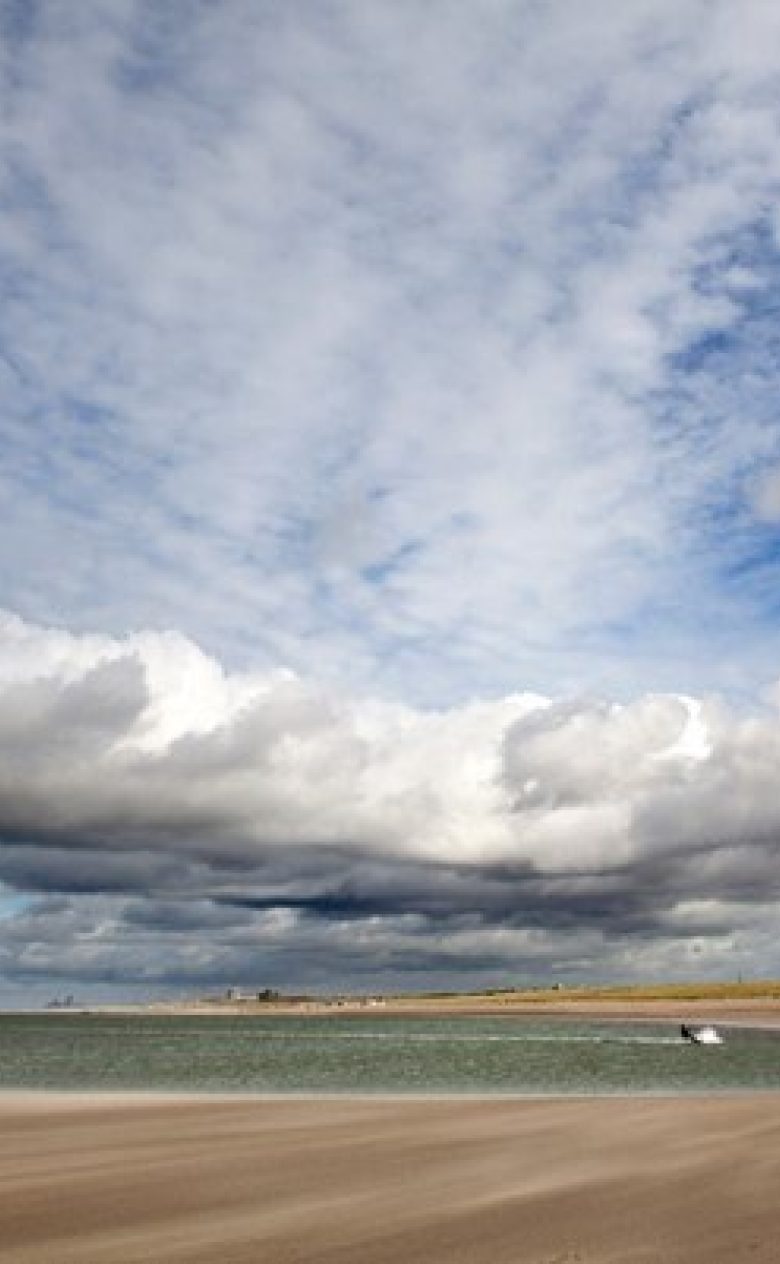From shoreface to dunes: integrated coastal modelling
Rising sea levels and increasing human activity is causing the pressure on coasts around the world to increase. Sandy solutions can safeguard water safety, recreation, and nature. The success of these natural solutions depends on their dynamic development, driven by water, wind, vegetation, and humans. An innovation in modelling now makes it possible to make even better predictions of the integral consequences of coastal solutions; from foreshore to dune. This was investigated by Deltares researcher Bart van Westen, together with other scientists.

The results of the study were recently published in the journal Coastal Engineering:
Predicting marine and aeolian contributions to the Sand Engine’s evolution using coupled modelling
Human interventions along the coast
The scale of human interventions along the coast is increasing. Recent examples include the Sand Motor (21 million cubic metres) and the Hondsbossche Dunes (35 million cubic metres). The focus in designing coastal solutions has traditionally been underwater; how does the sand spread along the coast under the influence of waves and tides? As the scale increases, so does the impact on the coast and services provided. In addition to underwater spreading, the influence above water becomes increasingly relevant, such as the influence on beach width, dune growth, and natural dynamics.
New model
Bart’s study considered the integral development of the Sand Motor, both wet and dry, and predicted this using a new model. Using BMI (Basic Modelling Interface), he linked two existing models: a Delft3D Flexible Mesh model describing the hydrodynamics, and an AeoLiS model for the wind-driven developments.
The model results show that there is indeed an exchange between the foreshore and the dunes. Dune growth increases in areas with natural accretion of the beach by waves and tides, which aligns with observations. Furthermore, it appears that dune growth leaves less sand for spreading along the shore.
Scaling up
To calculate global coastal solutions in such an integrated way, the approach needs to be scaled up - both in space and time. By adding more existing models to the coupled model, it should also become possible to include other domains, such as groundwater and ecology.
We are proud that we have been able to link different parts of the coast, which until now have been considered separately or not at all, for the first time on this scale
Bart van Westen, Deltares researcher / lead author
Authors: Bart van Westen (Deltares), Arjen Luijendijk (Deltares / TU Delft), Tim Leijnse (Deltares), Sierd de Vries (TU Delft), Nicholas Cohn (U.S. Army Engineer Research and Development Center, Coastal and Hydraulics Laboratory), Matthieu A. de Schipper (TU Delft).

